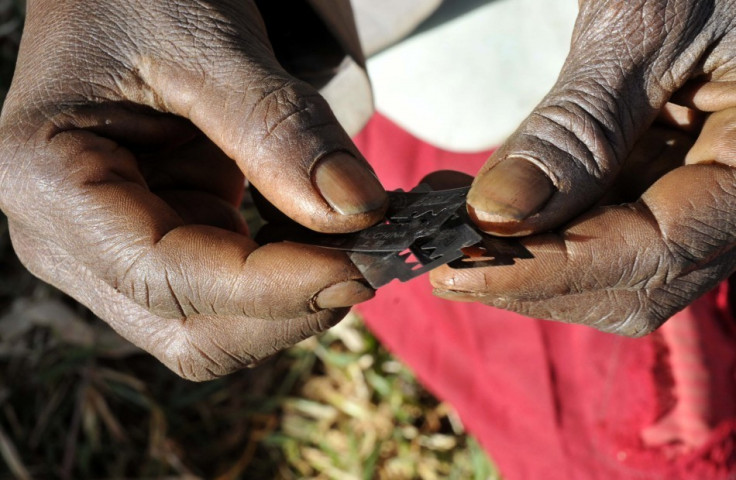Indonesia, Egypt and Ethiopia account for half of world's 200 million FGM victims says Unicef

As many as 200 million women have been subjected to female genital mutilation (FGM) in 30 countries and half of them are in Indonesia, Egypt and Ethiopia. According to Unicef's latest report, the number is sharply higher than the previously estimated 130 million. Nearly 44 million FGM victims across the world are aged 14 or younger, the report said.
Despite an official ban since 2006, nearly half the women population in Indonesia are victims of FGM. An estimated 60 million women and girls in the country, the world's most populous Muslim-majority nation, were forced to go through the procedure. This is the primary reason for the steep increase in the global numbers. It is also estimated that 50% of girls under 11 were put under the knife.
"In countries where data was not available, we had previously only had anecdotal evidence. We knew Indonesia has a growing population of women and girls, but I would say [these figures] are higher than expected. It shows it is a global issue when the focus has previously been on Africa," said Claudia Cappa, a statistics specialist for Unicef and the study's lead author.
FGM is widely prevalent in Africa followed by the Middle East, but a more worrying factor highlighted by the Unicef report is the existence of the procedure on several continents. There have been FGM cases in pockets of Europe, the US, India and south-east Asia.
There are various reasons and beliefs cited for FGM. These range from tribal traditions to tempering the behaviour of women. The procedure is mostly carried out by traditional practitioners without proper training. Apart from causing infection or infertility in some cases, it can also lead to death if the procedure goes wrong.
On the brighter side, the report finds the number of FGM cases declining in some countries like Liberia, Burkina Faso, Kenya and Egypt over the last three decades.
© Copyright IBTimes 2025. All rights reserved.






















